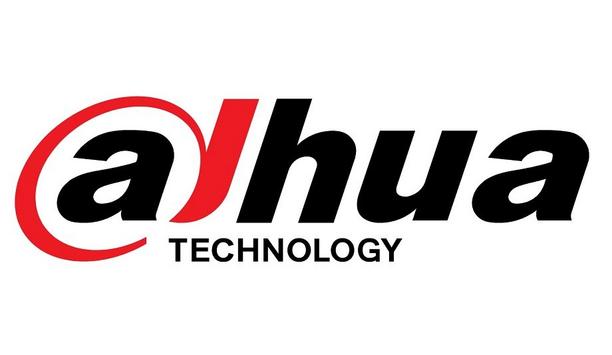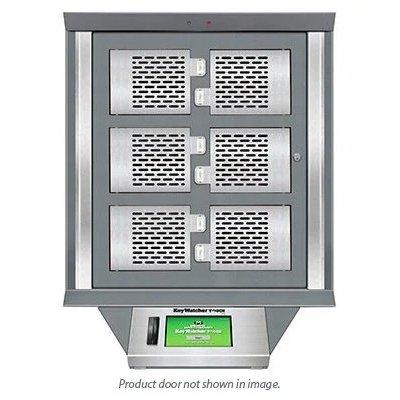 |
| The detectors use Quad Zone Logic technology to minimise false alarms |
James Poulton, Managing Director of J&F Poulton, switched to Optex OPTiMAL detectors after a customer that owns a large Jamaican store in Birmingham was unhappy with the performance of the technology already installed.
James was advised to trial the OML-DTP in some of the more ‘unstable' areas of the remote buildings and after two weeks not a single false alarm activation had occurred: "The detectors I had been using on all previous sites were creating false alarms from spiders and other wildlife on a very regular basis," he says.
The trial has been so successful that the Optex OPTiMAL model is now at the heart of every project he specifies: "With the microwave detectors I was using in the past there is always the danger when the detector has been partially masked that no masking condition will be signalled if PIR activity is still detected," he continues. "And that means a genuine intruder may not be detected.
"With these Active Infrared detectors, however, partial masking is not possible as it is identified and continually signalled, saving me time and money in revisiting installations to make adjustments to the system."
"AIR is the only technology that can be described as a ‘dedicated' anti-mask technology," says Paul Nicholas, Divisional Manager for Optex Europe. "By building AIR into our range of detectors, anti-masking performance is considerably enhanced."
All of the detectors feature selectable integrated resistors that dramatically reduce the likelihood of installation errors and similarly cut down on initial installation time. They also feature a remote self-test function that allows a more thorough remote maintenance check to be performed as well as helping improve the efficiency of the actual physical service inspection.
The detectors similarly use Quad Zone Logic technology to minimise false alarms caused by spot temperature changes. Quad Zone Logic creates a much higher vertical zone density than usually available. This allows the entire body mass of a person to be detected, and the smallest contrasts in temperature between the individual and their background to be discerned. The detection density also takes into account dead zones created by furniture or partitions.


















